A Week in the Bush Vol. 561
on Aug 27, 2025The Gijima males have boldly been pushing north for a while now, so much so that an appearance from the duo has been rarer than usual. Taking this expansion a step further, they have also recently been observed courting and mating with two of the Kambula lionesses.
The Kambula Pride is not one held by the Gijima males, suggesting that the large pride may be splitting due to the many mouths to feed.
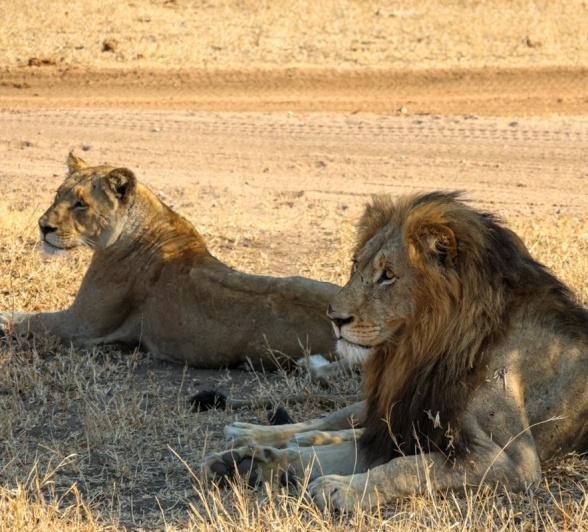
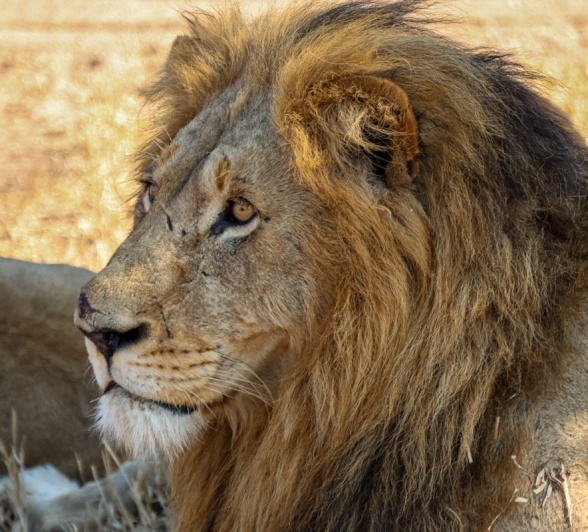
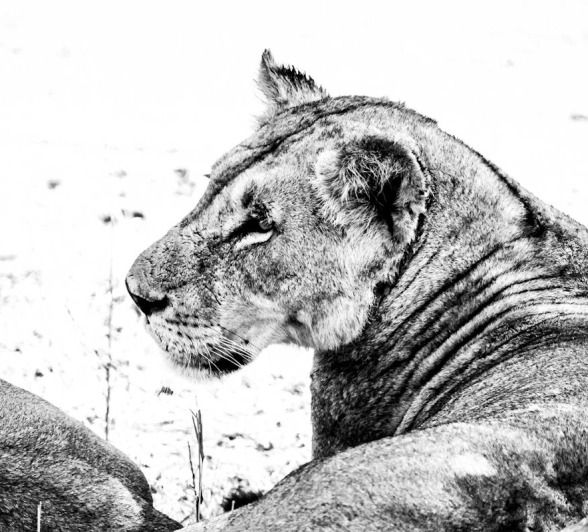
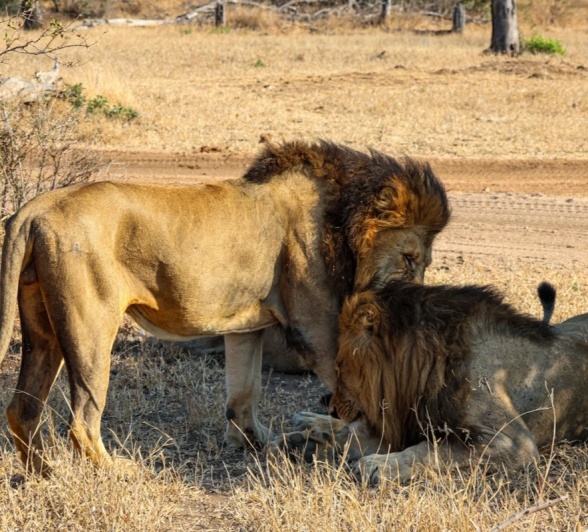
After following up on the roars of lions in the early morning, our team came across the tracks of two male lions. Not long after, we found them trailing the scent of two females they had been seen with the previous day. The females eventually moved off into the distance, while the males paused for a brief rest in an open clearing. Their break was short-lived, however, as the alarm calls of impala carried across the bush, instantly catching their attention and setting them on the move once more.
We followed them to a tree where the one male performed the Flehmen Grimace – a behaviour in which the lion curls back its upper lip, bares its teeth, and inhales deeply after sniffing urine. This action draws pheromones into the Jacobson’s (or vomeronasal) organ, allowing the male to detect the reproductive status of the female who had marked there just moments before.
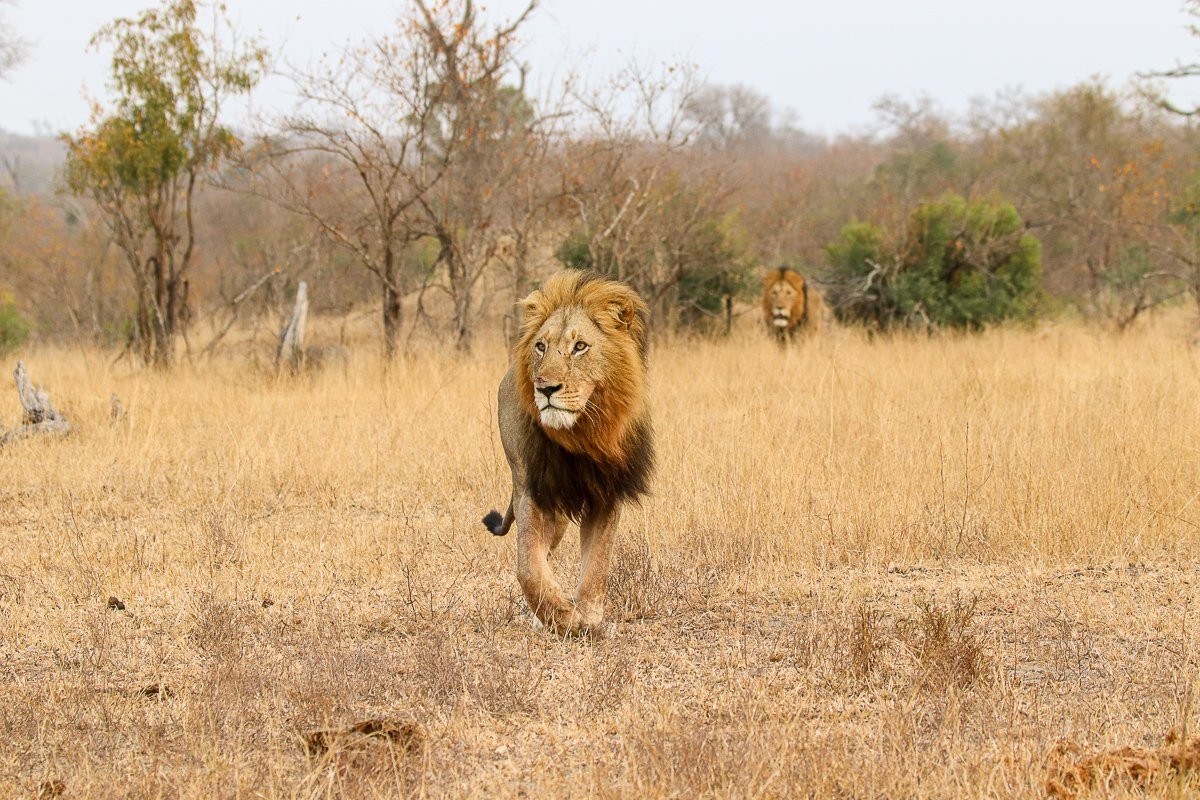
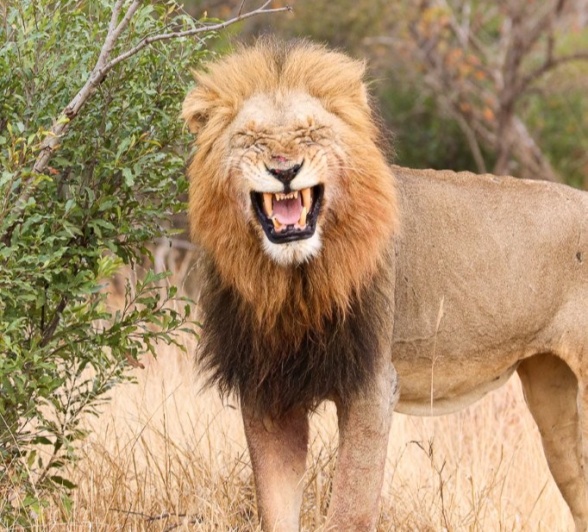

The Msuthlu Pride were at it again, successfully bringing down a wildebeest in a riverbed close to Little Bush Camp. It was an early follow-up after we had left them the previous night, when their hunting attempts ended without success. Their empty bellies had been clear to see - they looked hungry and determined.
Now, with a fresh kill, the pride wasted no time feeding. The cubs, full of energy, played around the carcass - chasing one another, tumbling in the sand, and returning to eat whenever the urge struck them. Unlike the adults, who rest once satisfied, the little ones seem to find endless joy in play. The pride is thriving, and it’s heartwarming to see how well the adults are caring for the cubs as they grow stronger and more confident each day.
The following day, the pride had moved to a small waterhole where they drank, before retreating into a shadier spot to rest.
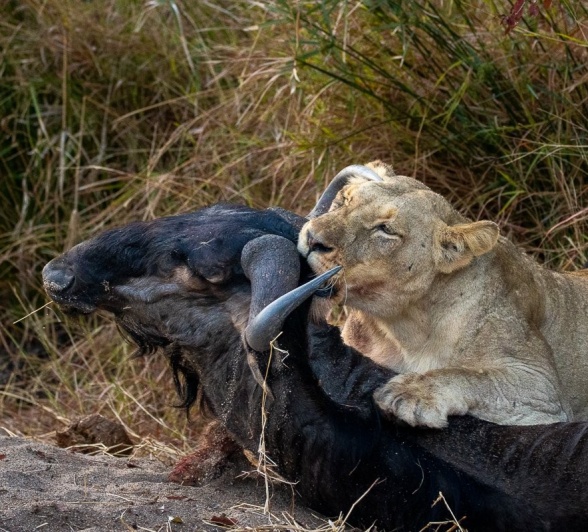
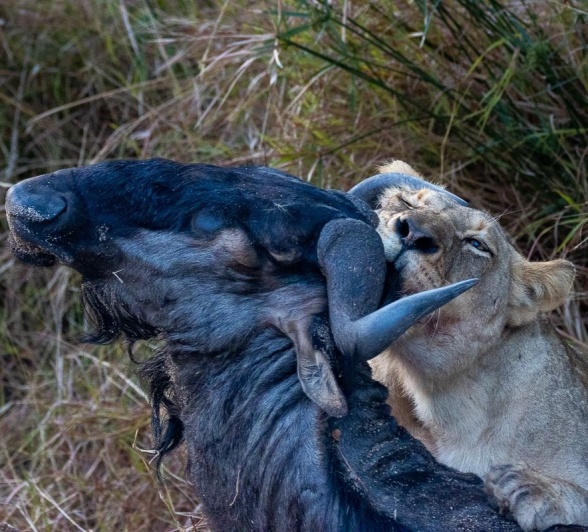
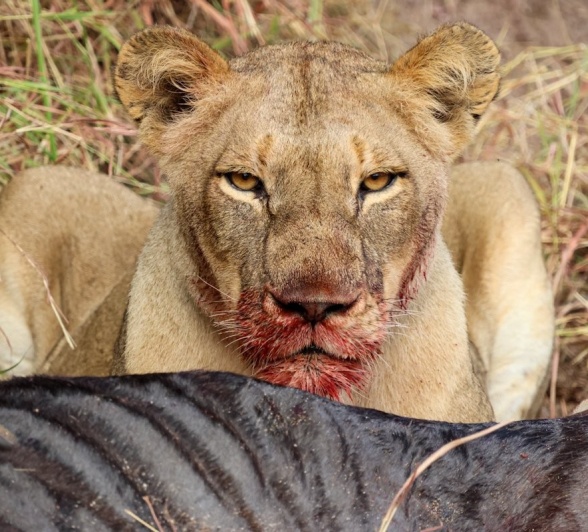

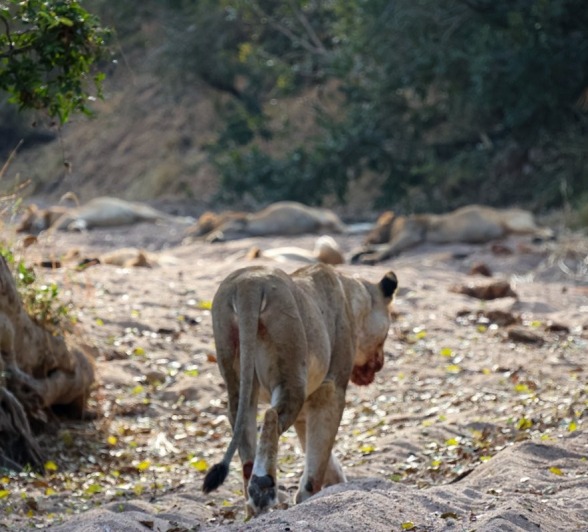


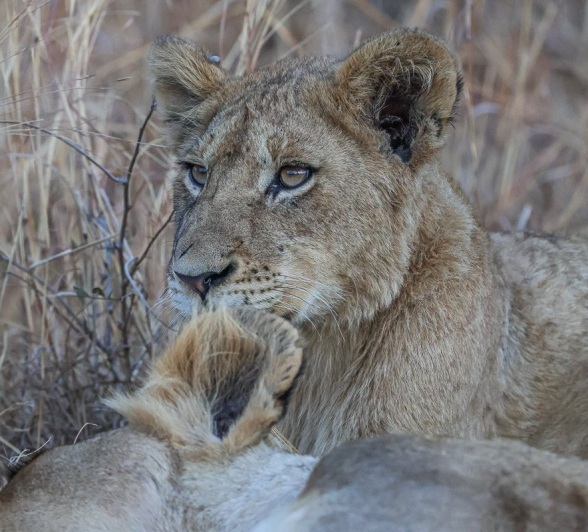
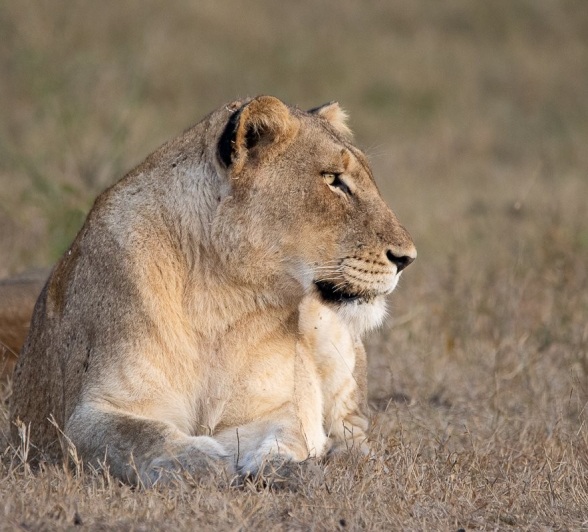
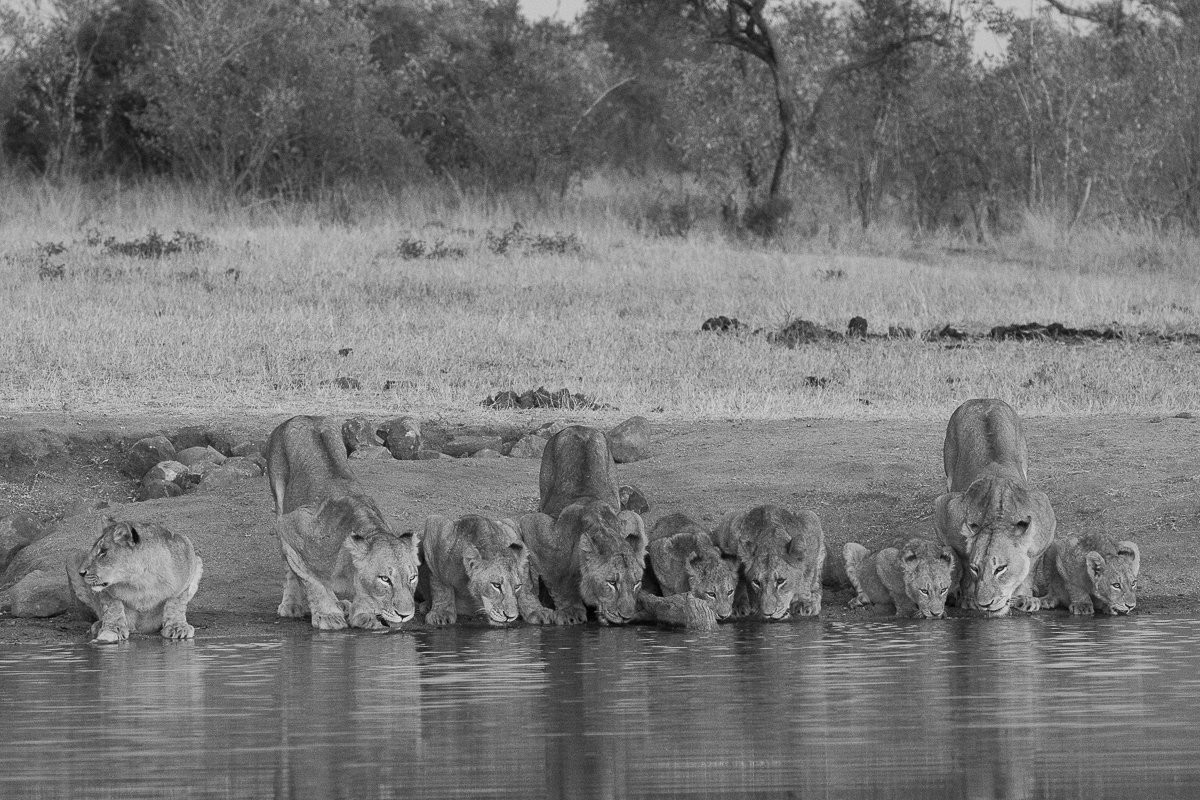
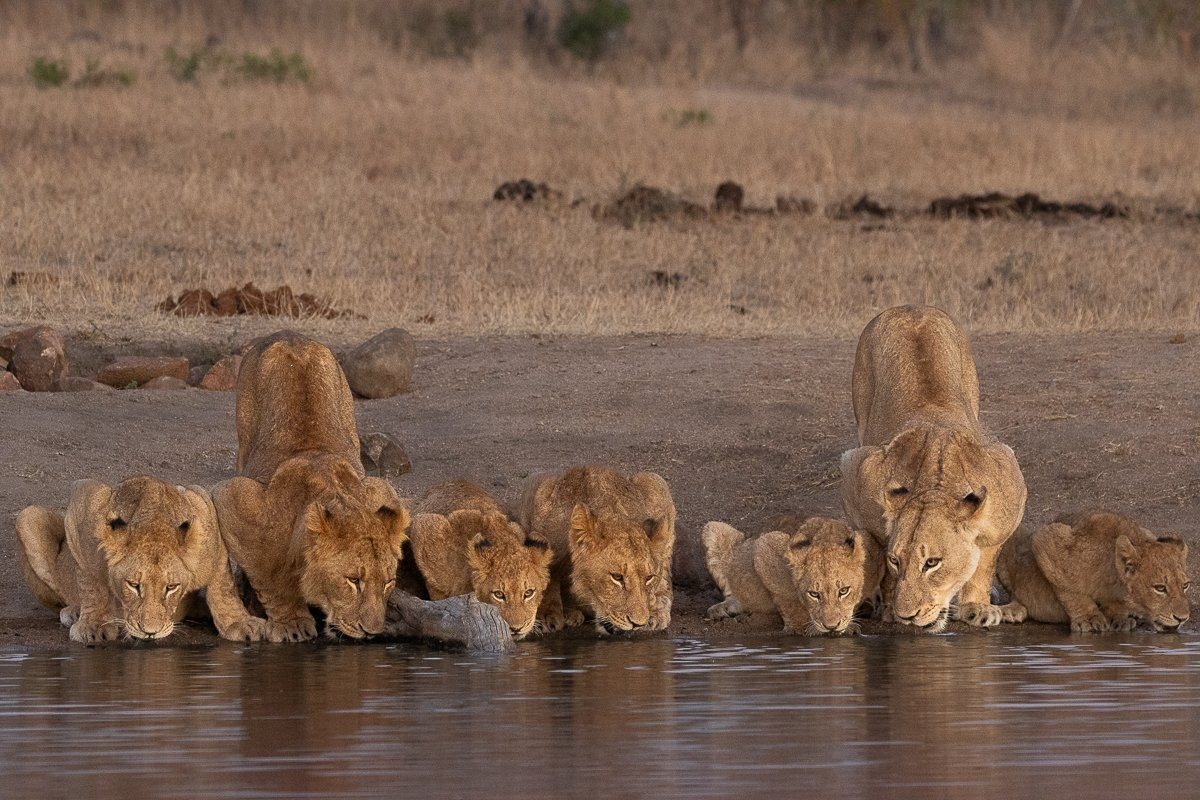
Shortly after viewing a large breeding herd of buffalo in the southern section of the reserve, we turned our attention towards finding leopard that evening.
It was not long before we spotted a male leopard near the area where the buffalo were grazing. As we ventured back through the dispersed herd of buffalo, we noticed the familiar face of the Khulwana male - bold as ever he stalked hoping to snatch a calf.
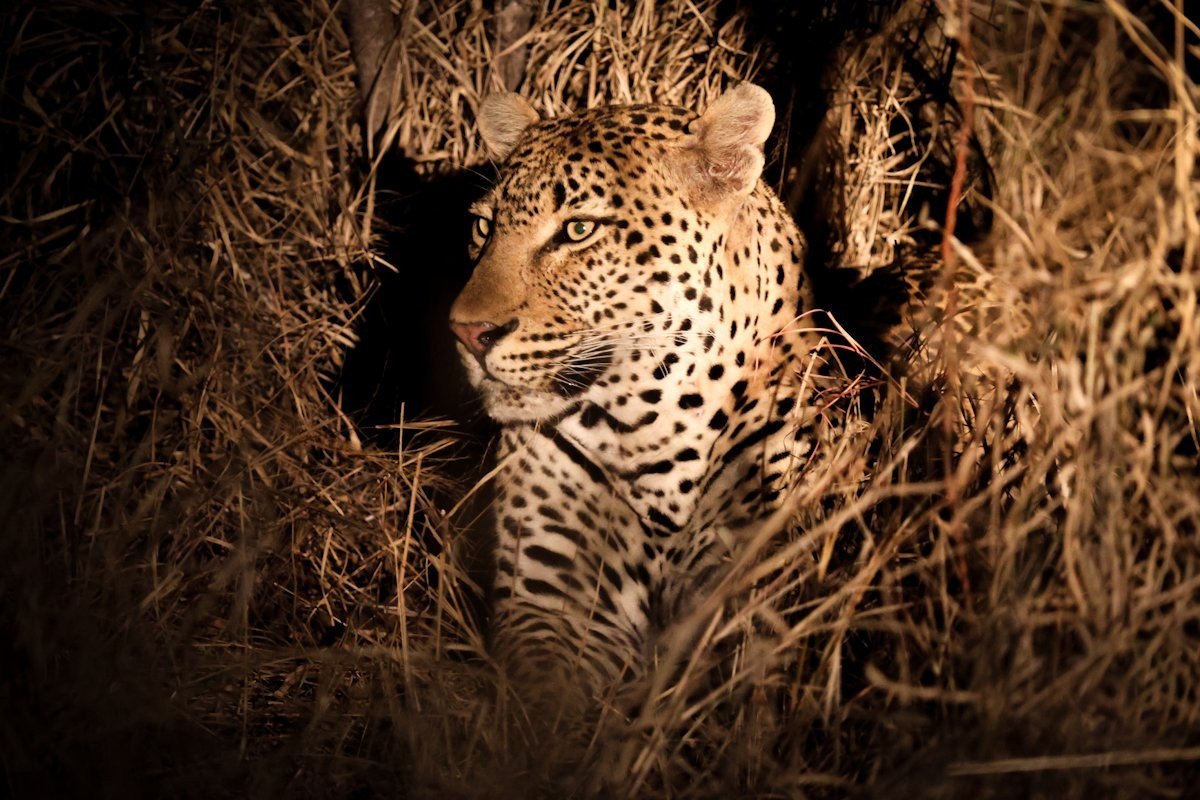
After finding tracks for a female leopard, the search was on to track her down. For some time, we followed her trail through the winding drainage line, each step adding to the anticipation. Finally, a breakthrough came - we heard the distinct call of a leopard in the distance. Moving quickly in her direction, we found the Ntsumi female stalking a herd of impalas.
Unfortunately, the swirling wind betrayed her presence. Within moments, the stillness of the bush erupted into alarm calls as the impalas caught her scent. Ntsumi slipped back into the thick drainage line, determined to continue her hunt elsewhere.
With cubs hidden somewhere nearby, every successful hunt is vital for her. She must secure enough food to produce the rich milk her little ones depend on. Only time will reveal when she will introduce her cubs to us and if she can raise yet another litter successfully.
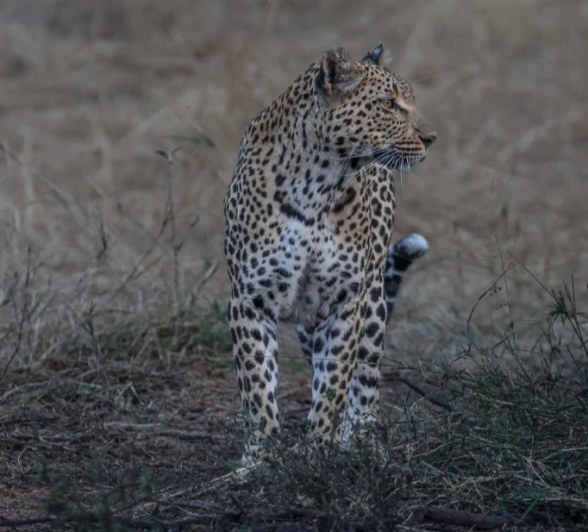
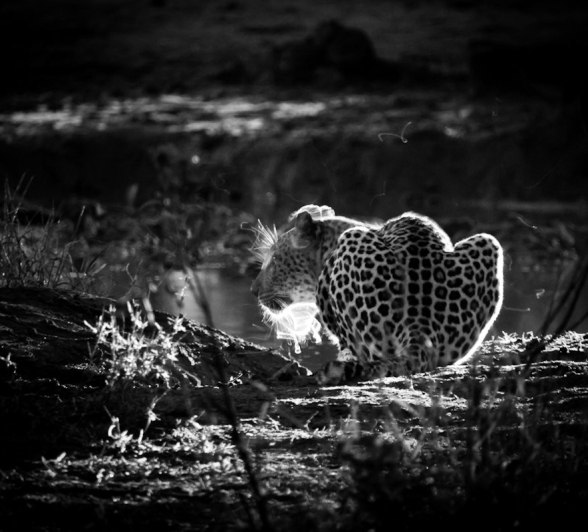
Reports of a female cheetah with her three sub-adult cubs had come in just before sunset, so our mission for the following morning was clear: to track them down.
We set out from the lodge on a misty morning, full of anticipation. Before long, we found the four cheetahs, and what a scene it was. They had successfully brought down not one, but two young impala rams. One carcass had already been consumed, while the second lay nearby, a reserve for later. The mother stayed vigilant, scanning the bush for scavengers or rival predators, while her three youngsters were brimming with energy, playfully honing their hunting skills on one another.
Cheetahs, despite their speed and elegance, sit low on the predator hierarchy. They avoid conflict with stronger carnivores whenever possible. Their rarity in the Greater Kruger is a true reflection of the immense challenges they face, competing with the region’s high density of other, more dominant predators.
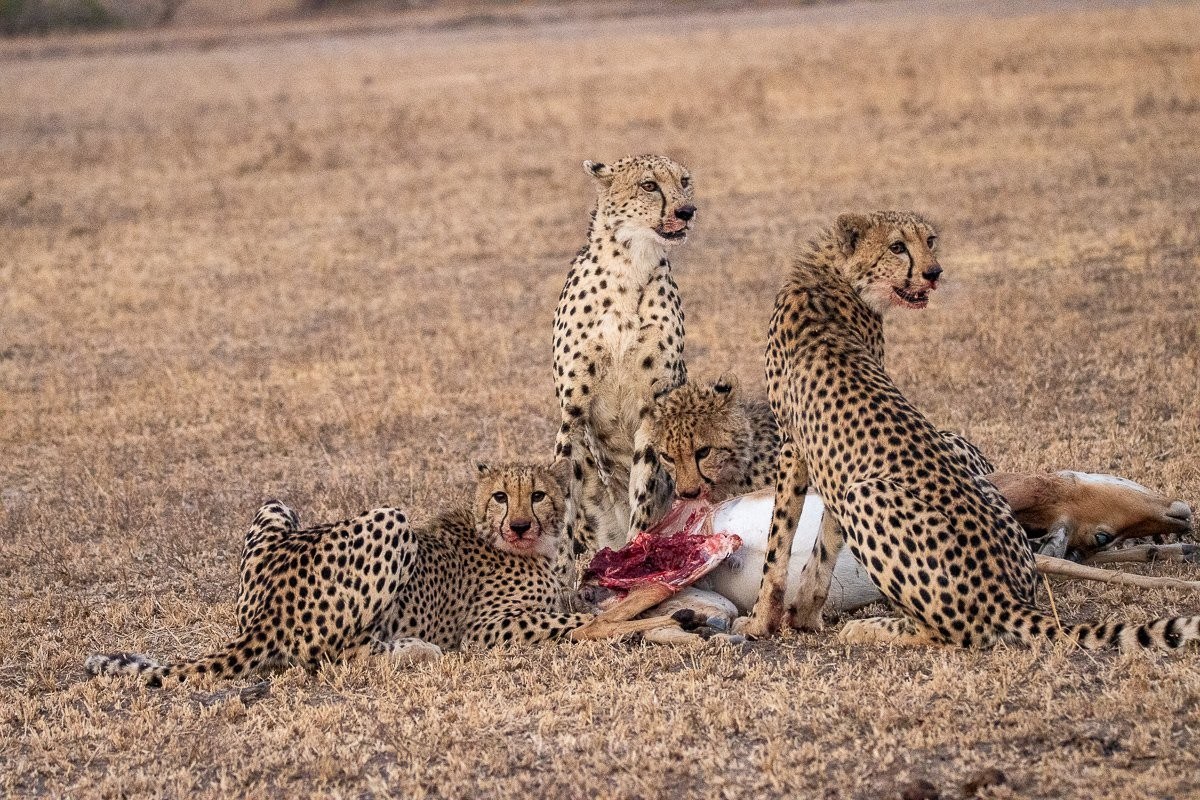
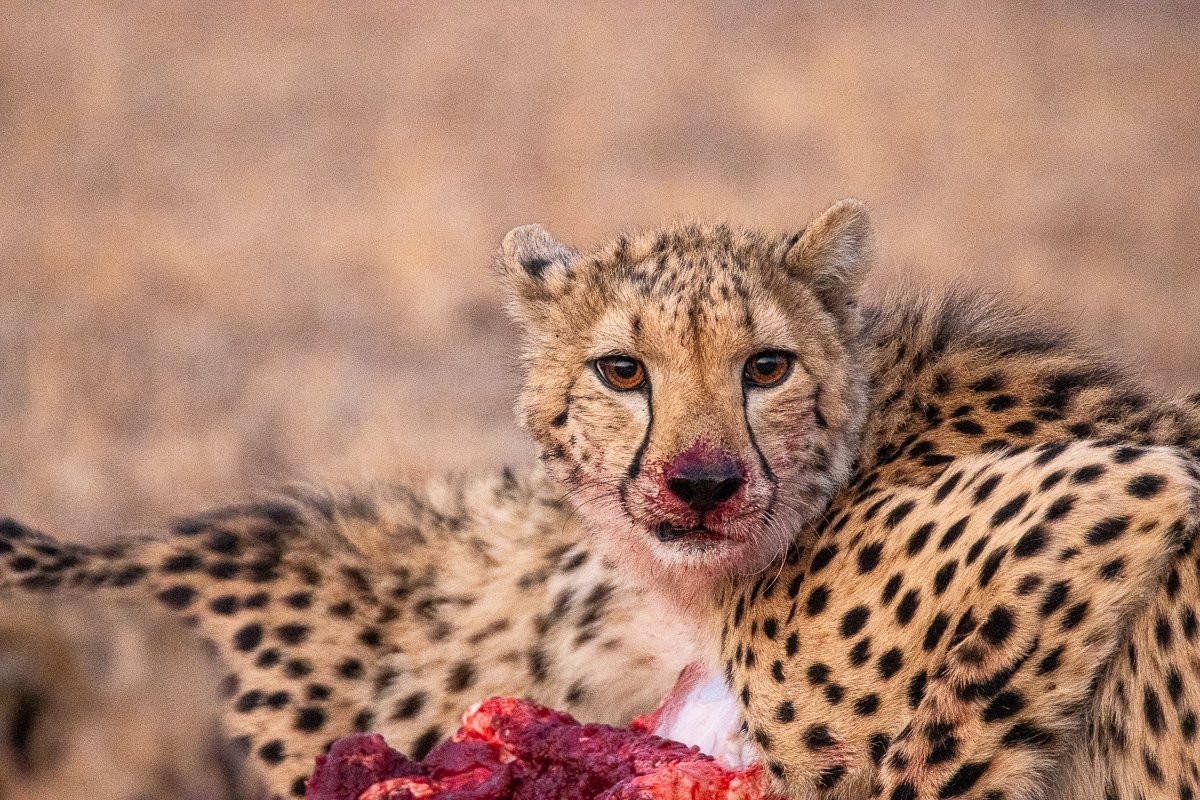
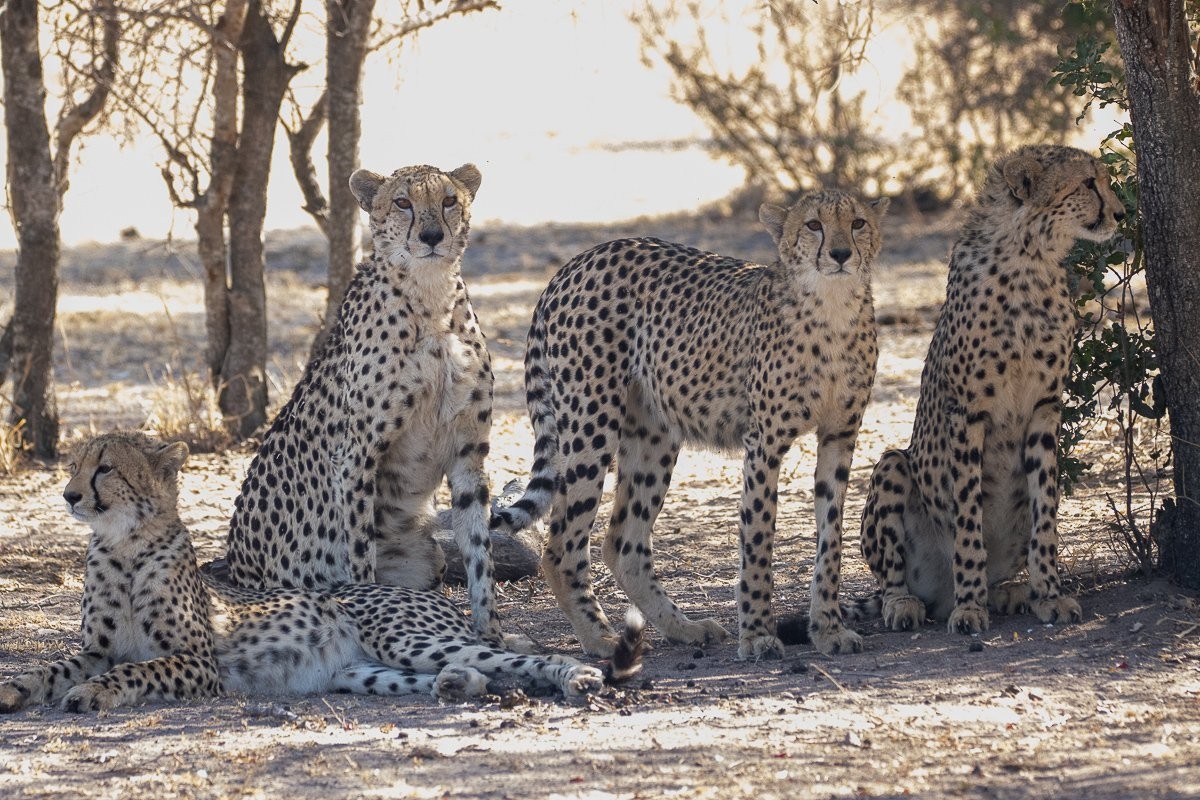
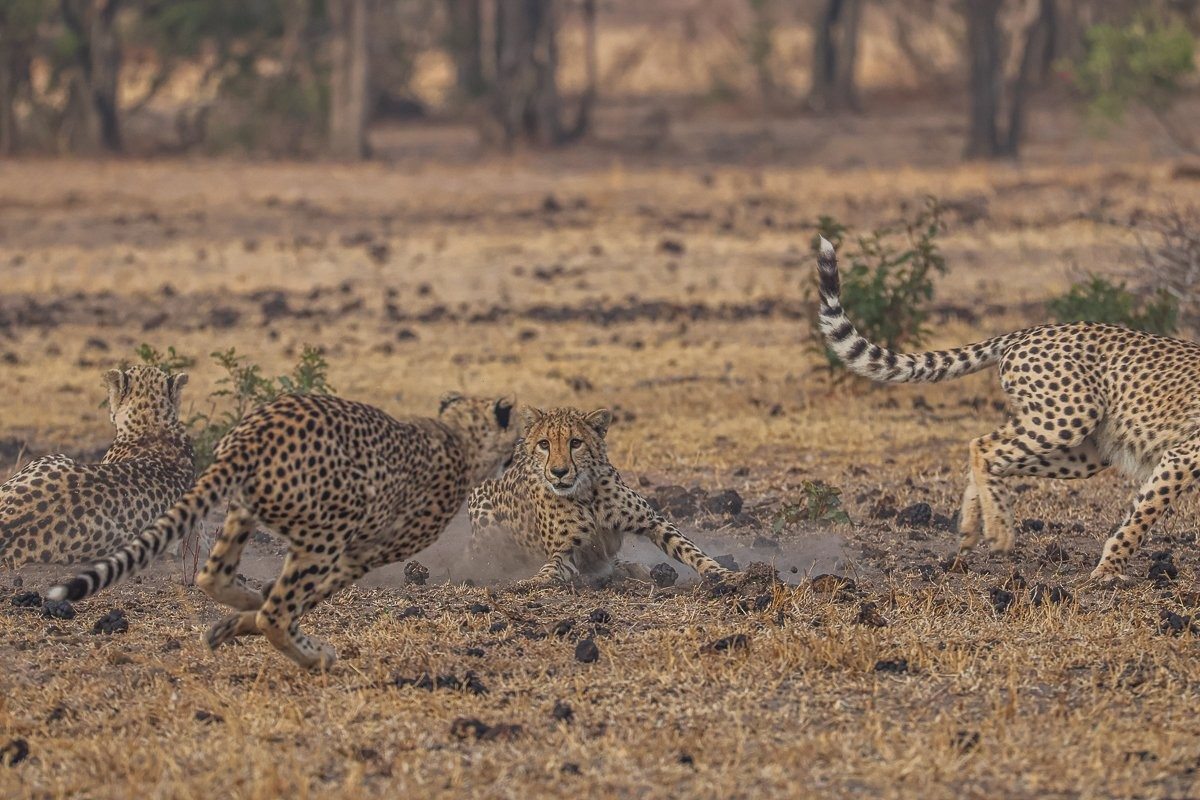
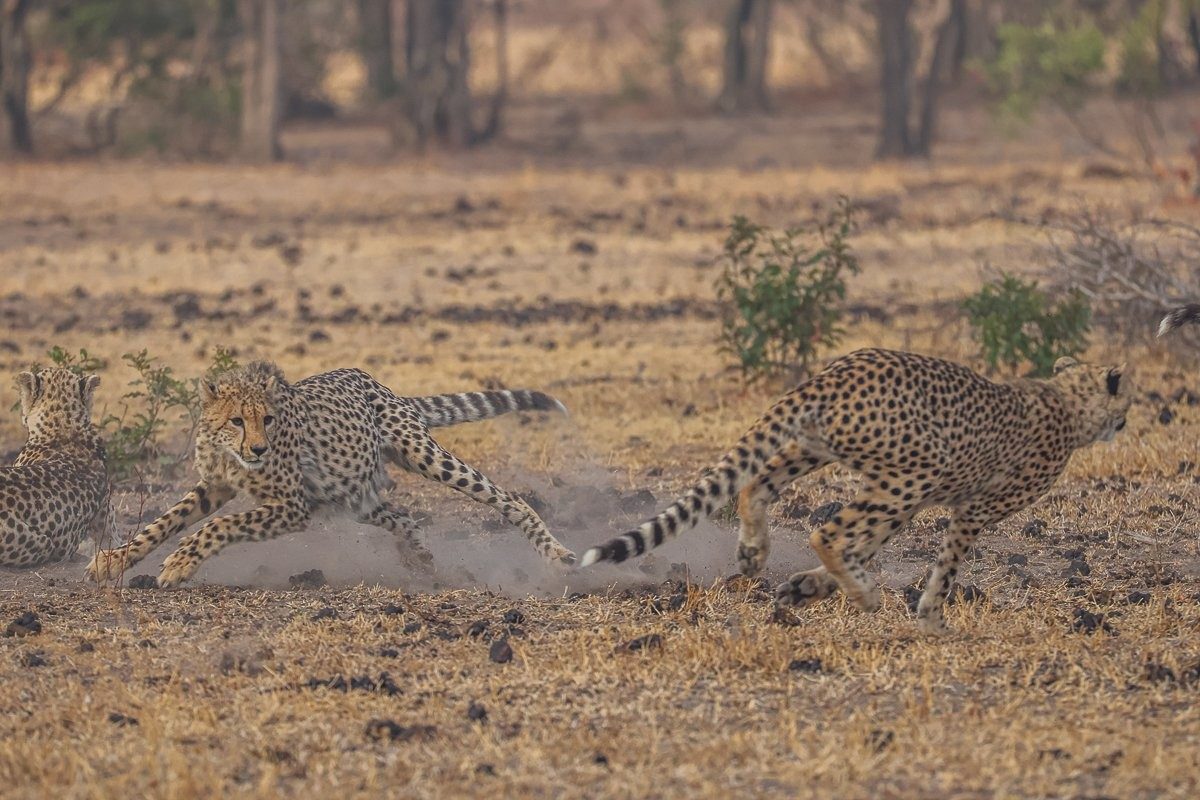
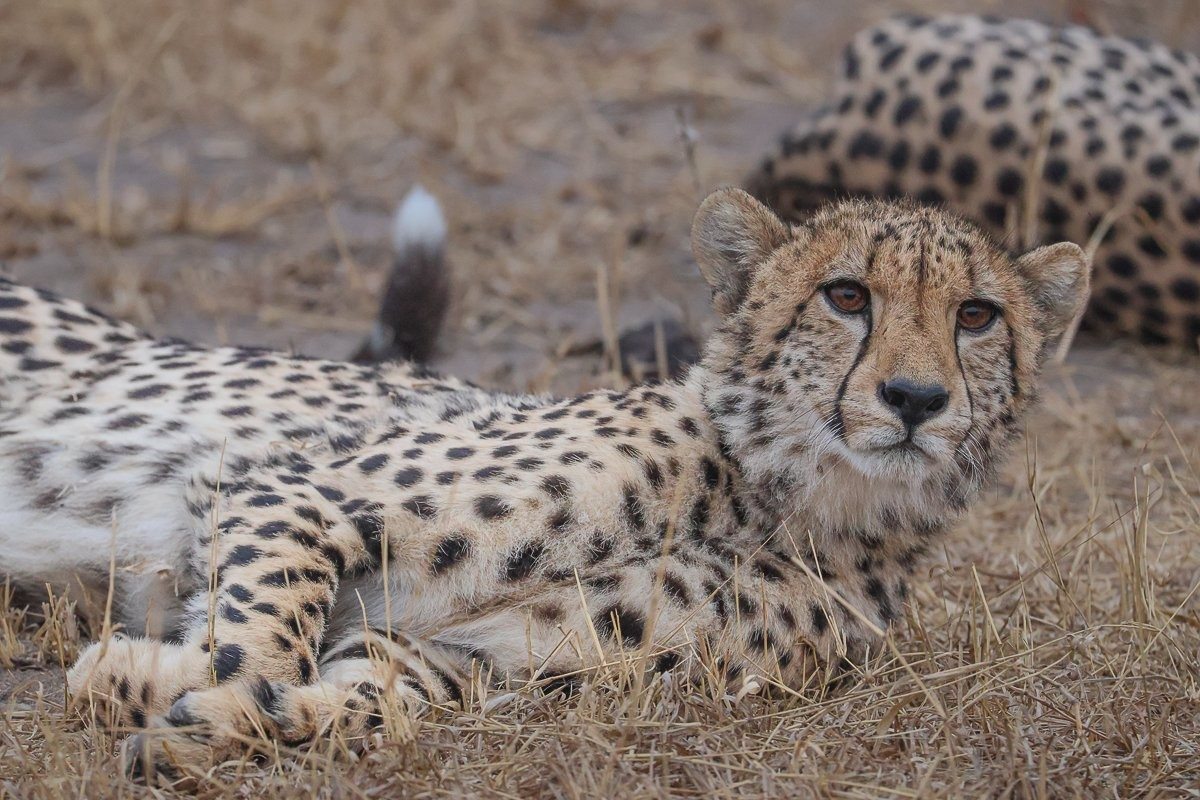
Following up on the cheetahs in the south-western part of our reserve led us to a watering hole close to our private airstrip. As we arrived, the female was carefully stalking a group of impalas nearby but the sub-adults, their patience wearing thin, spoiled the hunt before it could begin.
Even so, we were treated to an incredible sighting as the family gathered at the water’s edge to drink, before retreating to the treeline to wait for another opportunity. At this stage of their lives, the sub-adults study their mother’s every move, learning the skills they will soon need to survive on their own. Before long, they will disperse, taking with them the lessons she has taught - lessons that may one day mean the difference between life and death.
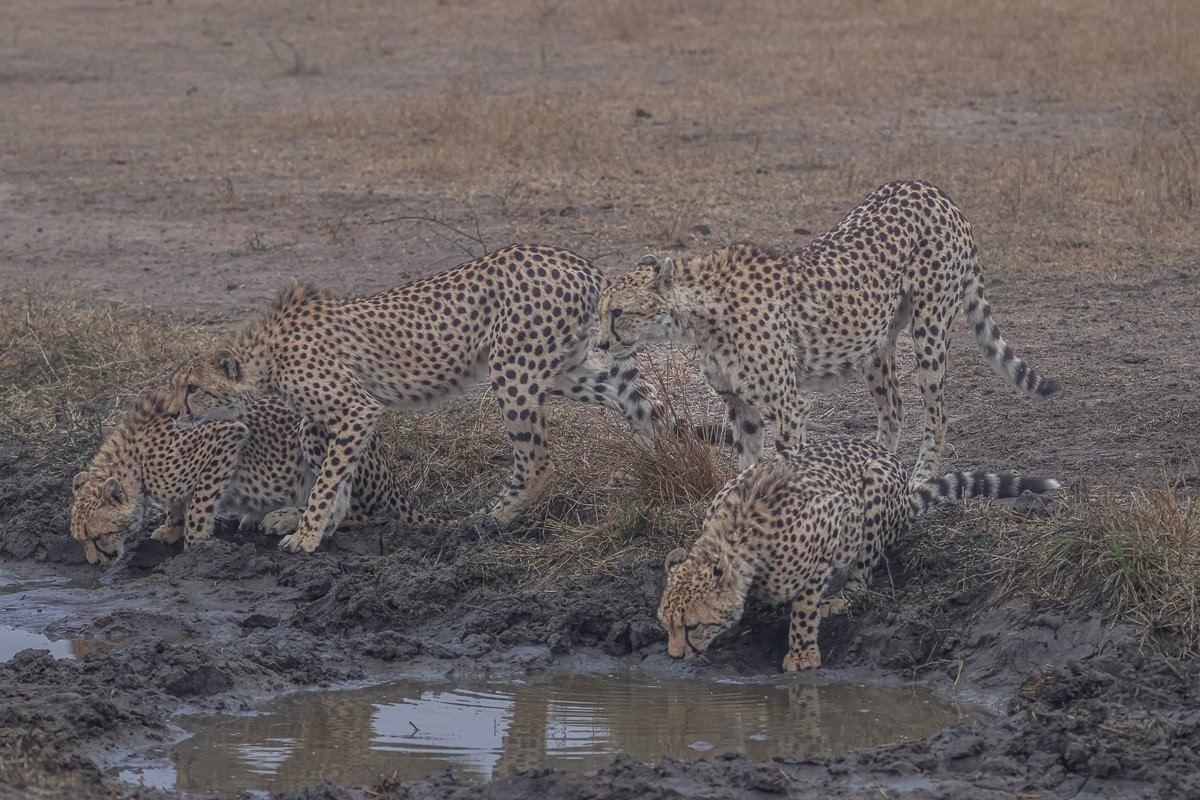
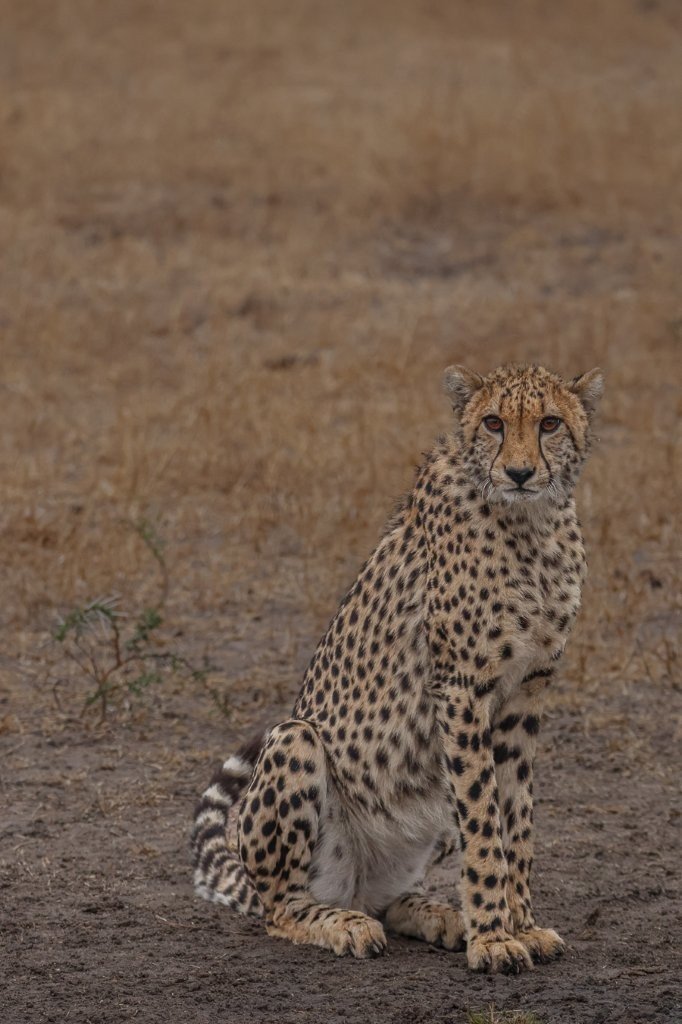
We came across this mature Waterbuck bull, standing beside some water after having an afternoon drink. These majestic creatures acquired the vernacular name "waterbuck" due to their heavy dependence on water, in comparison with other antelope species. The name is also derived from the habitat they frequent, and from their ability to enter water for defence.
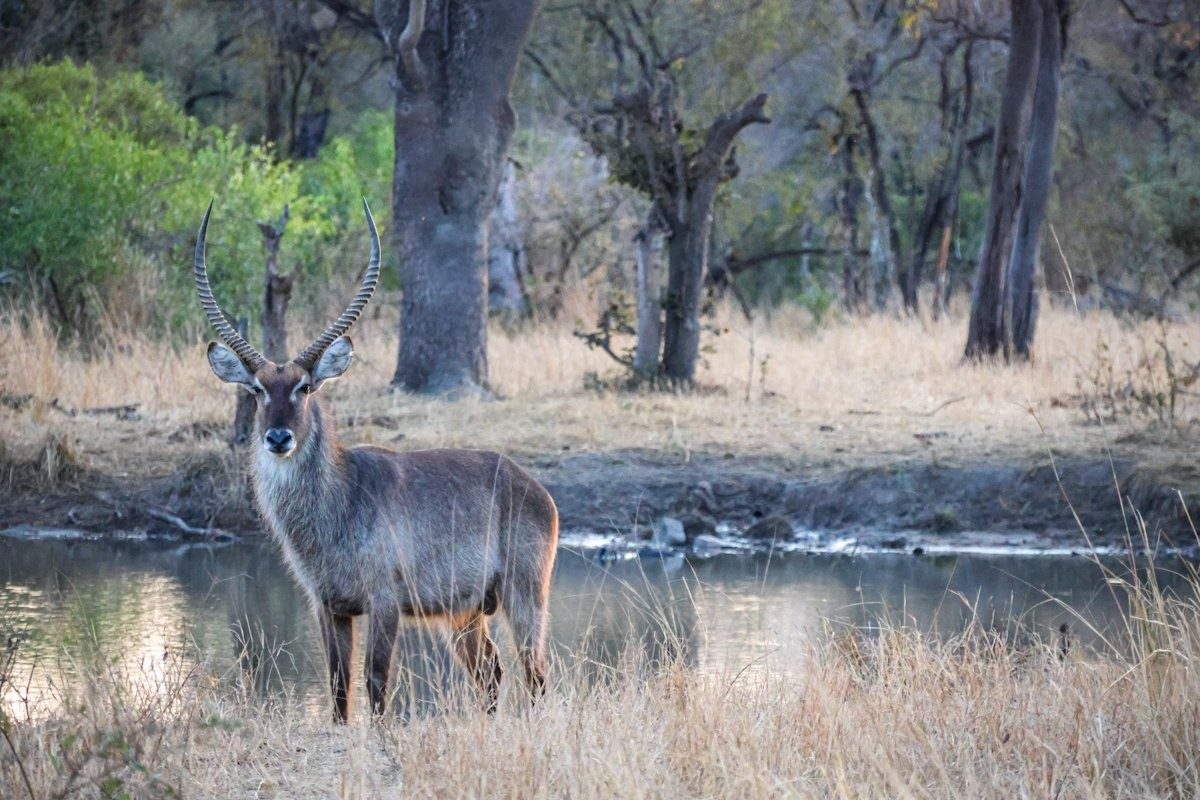
While the hyena den offers plenty of excitement and adorable moments, it also serves as a constant reminder of the harsh competition these animals face daily for survival. On this warm spring day, the young ones lay outside their den, enjoying the cool breeze, yet their senses remained sharp - ever alert to the possibility of unexpected danger.

We came across these impala rams engaging in combat, with some ewes in the surrounds. Impala rams engage in aggressive displays to show off their power, underscoring their mating prowess.
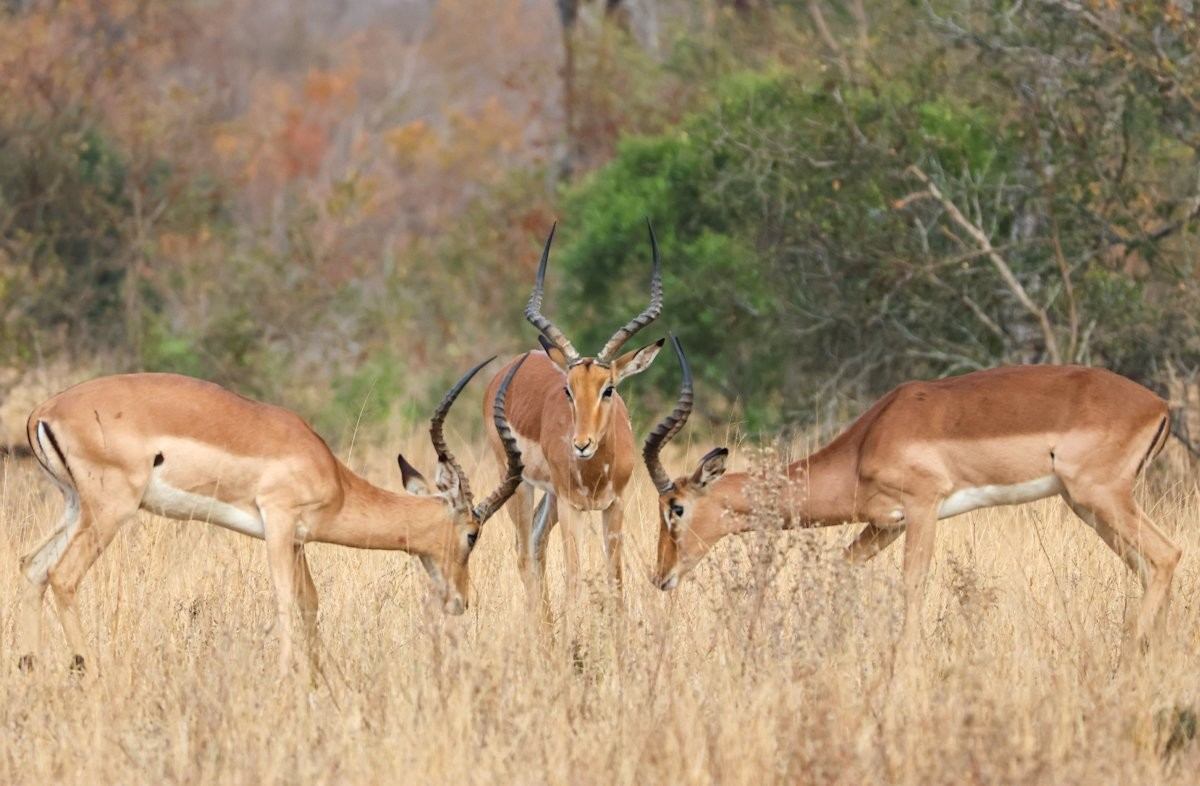
On a cold morning, we spent time watching a flock of Magpie shrikes. Their striking black-and-white plumage stood out beautifully against the muted tones of the winter landscape, enhanced by the soft morning light. We watched as they moved slowly together, calling out with their distinctive shrieks as they took flight.
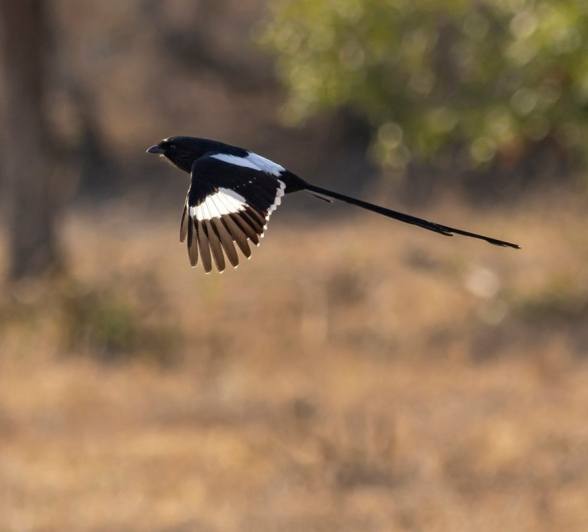
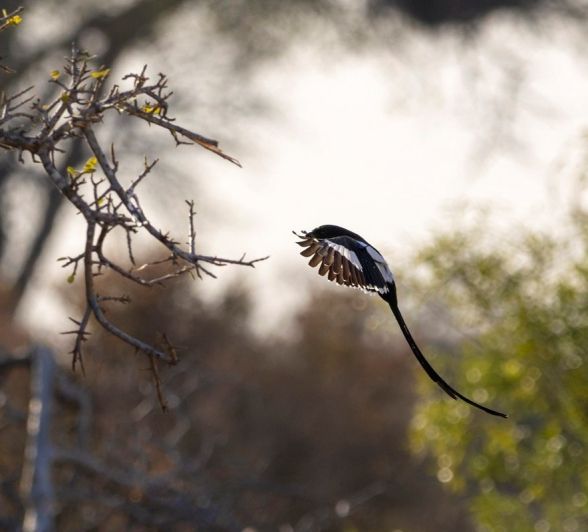
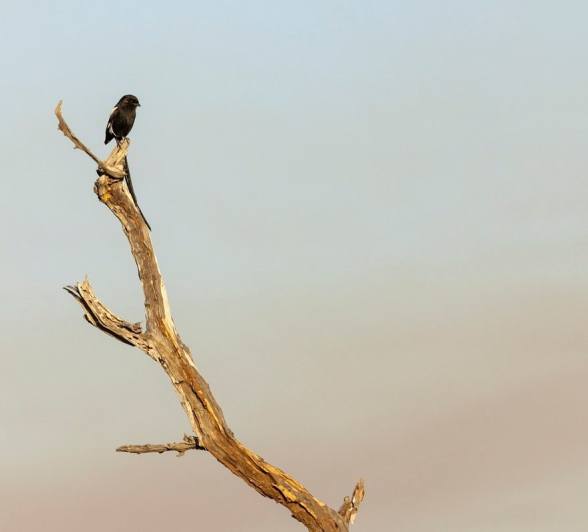
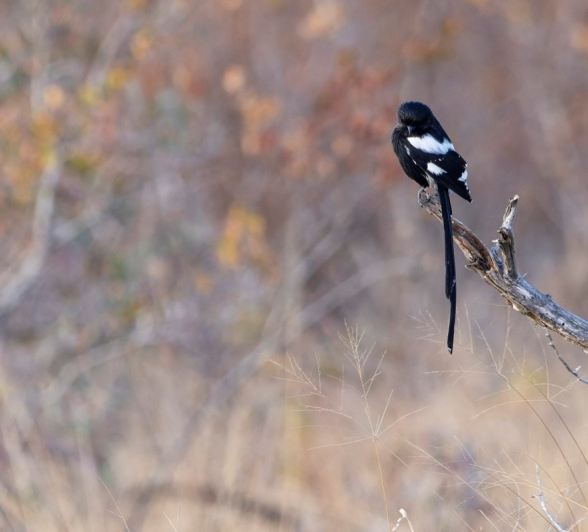
We sat in awe as a small herd of elephants approached the waterhole in the late afternoon. Watching their excitement as they neared was truly remarkable. At this driest time of year, water becomes scarce, and these great mammals must travel long distances in search of it.
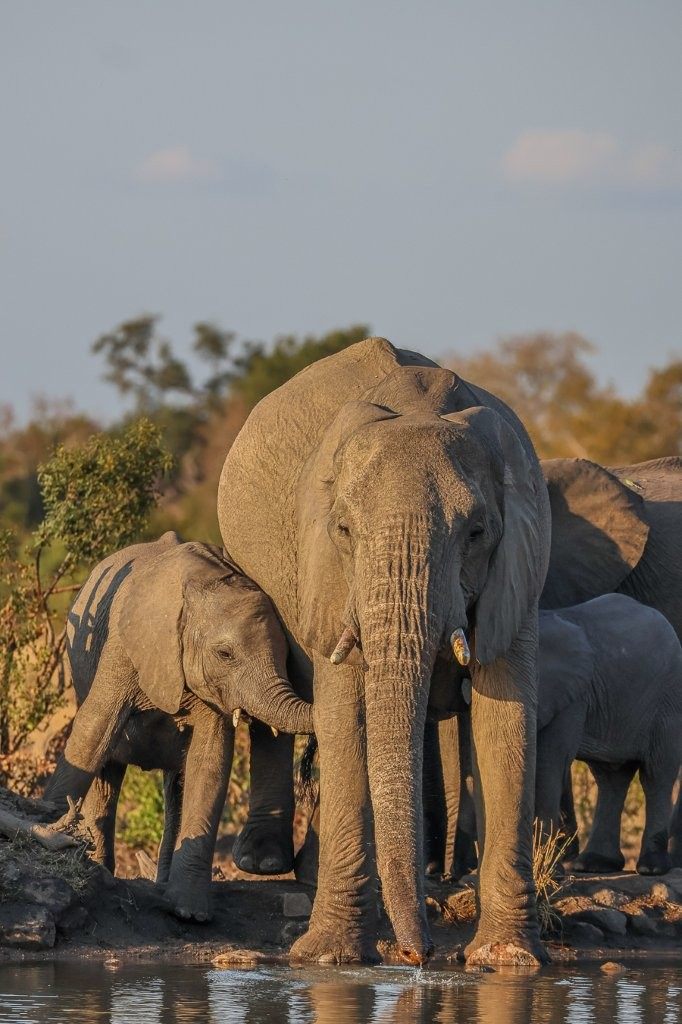
Until next time…
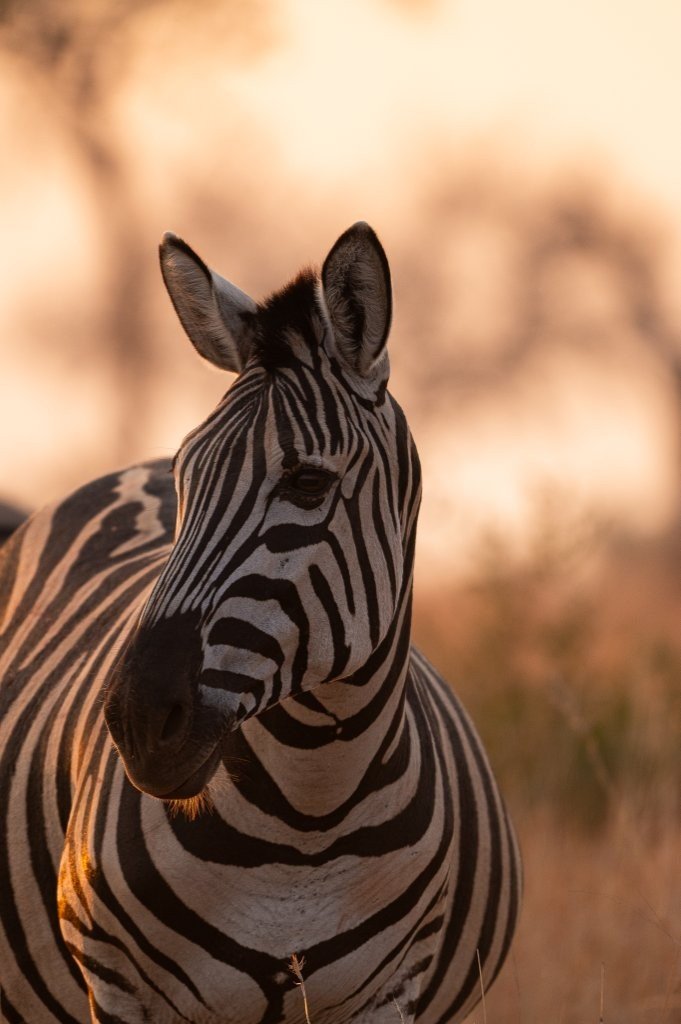
Blog by Wendy Claase
Images by Benjamin Loon, Jan Nel, Jana du Plessis, Ronald Mutero, Ruan Mey and Viviane Ladner







